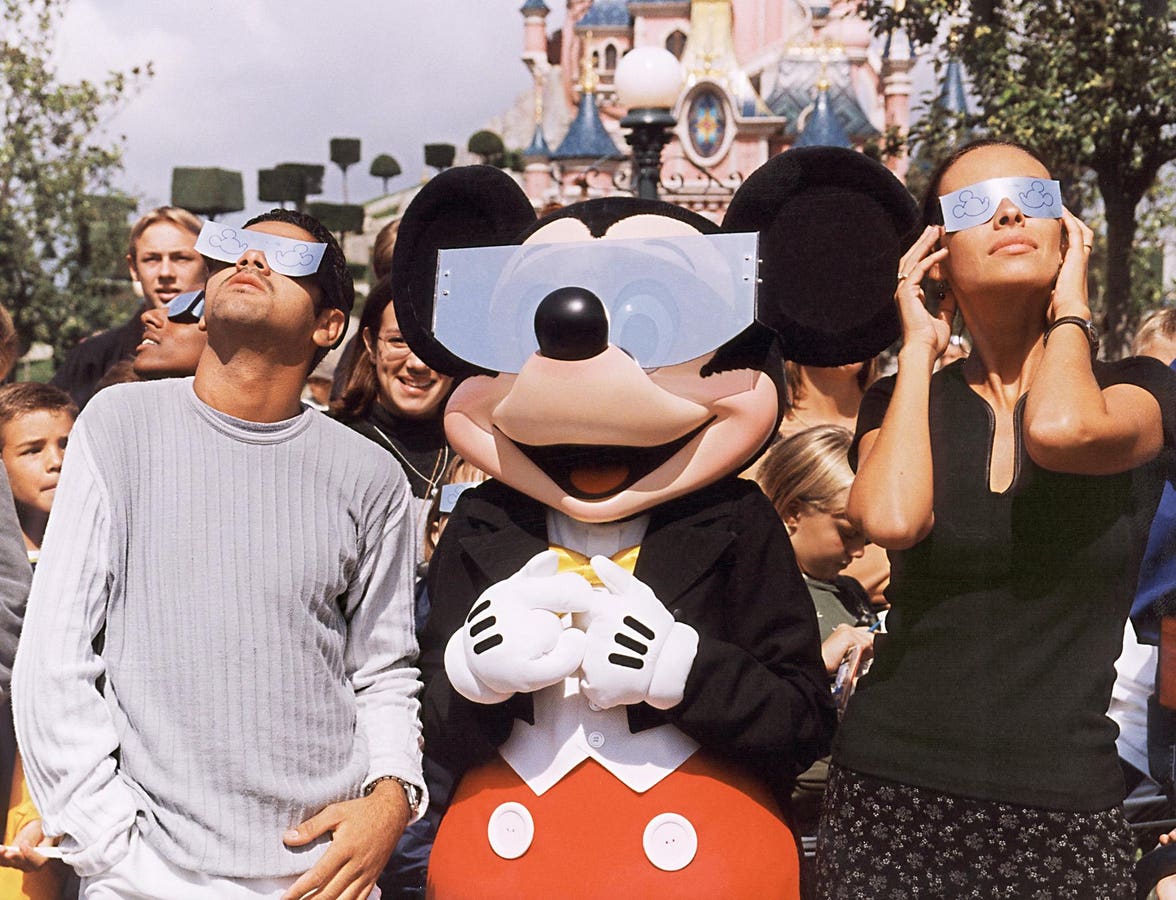NASA
Tom Hanks pays tribute to late astronaut James Lovell, commander of Apollo 13

Tom Hanks Honors Legendary Astronaut James Lovell After His Passing
Imagine enduring a near-deadly mission and then watching your life story unfold on the big screen. For former NASA astronaut James Lovell, this became reality when Tom Hanks depicted him in “Apollo 13.” Now, as Lovell leaves at 97, Hanks pays tribute to the man who inspired generations.
What’s Happening?
Tom Hanks is honoring James Lovell, the late astronaut and commander of Apollo 13, who passed away at 97. Hanks portrayed Lovell in Ron Howard’s 1995 film, bringing the astronaut’s courage to life. The actor expressed his deep admiration for Lovell, who embodied resilience and heroism during the perilous 1970 lunar mission.
Where Is It Happening?
The tribute is being shared globally, resonating with fans of space exploration and cinema alike. James Lovell’s legacy spans NASA, while Tom Hanks’ recognition bridges Hollywood and history.
When Did It Take Place?
James Lovell passed away on Thursday at the age of 97. Tom Hanks’ tribute followed shortly after the announcement.
How Is It Unfolding?
- Tom Hanks reflects on Lovell’s impact, both as an astronaut and a real-life hero.
- Social media tributes pour in from space enthusiasts and fans of “Apollo 13.”
- Lovell’s family and former NASA colleagues share memories of his bravery and legacy.
- The 1995 film “Apollo 13” gains renewed attention as viewers revisit Lovell’s story.
Quick Breakdown
- James Lovell commanded the Apollo 13 mission, which faced critical system failures.
- He survived the harrowing 1970 mission but never walked on the moon.
- Tom Hanks’ portrayal earned critical acclaim and lasting respect for Lovell.
- Lovell was a naval aviator before joining NASA’s astronaut program.
Key Takeaways
James Lovell’s life was a testament to courage and determination. As the commander of Apollo 13, he navigated one of NASA’s most dangerous missions, showcasing leadership under extreme pressure. His story was immortalized in film by Tom Hanks, who now pays tribute to the man behind the legendary astronaut. Lovell’s legacy endures not just in space history but also in pop culture, inspiring generations to push boundaries and overcome adversity. His passing marks the end of an era, but his impact will forever remain etched in our collective memory.
James Lovell wasn’t just an astronaut; he was the embodiment of calm leadership under pressure—something we don’t see enough of today.
– JanePrefs, NASA Historian
Final Thought
The legacy of James Lovell stretches far beyond the stars. As the world mourns his passing, Tom Hanks’ tribute reminds us that his story transcends film—it’s a lesson in perseverance, a symbol of human ingenuity, and a reminder that even in despair, hope and heroism can triumph. His life was a mission of its own, one that inspired generations to reach for the sky.
Source & Credit: https://wjla.com/news/entertainment/tom-hanks-pays-tribute-to-late-astronaut-james-lovell-commander-of-apollo-13-ron-howard
-

 New York2 weeks ago
New York2 weeks agoYankees’ Aaron Boone Makes Cody Bellinger Statement After Aaron Judge Injury
-

 New York1 week ago
New York1 week agoToday in History: Investigation into Andrew Cuomo released
-

 New York1 week ago
New York1 week agoSmall quake shakes the New York area. USGS says magnitude was 3.0
-

 Chicago1 week ago
Chicago1 week agoESPN Provides Strong Response After Chicago Sky Pushed To ‘Shut Down’ Angel Reese
-

 Chicago1 week ago
Chicago1 week agoChicago Sky HC Makes Dissatisfaction Clear Amid 1-10 WNBA Collapse in Angel Reese’s Absence
-

 Houston1 week ago
Houston1 week agoWhy isn’t Dustin May starting on Sunday for the Red Sox?
-

 Austin1 week ago
Austin1 week agoWho Is Austin Drummond? What to Know About Quadruple Homicide Suspect
-

 Houston1 week ago
Houston1 week agoCJ Stroud’s Mom Shows Uplifting Gesture to Houston Women After Sharing Texans QB’s Struggle








